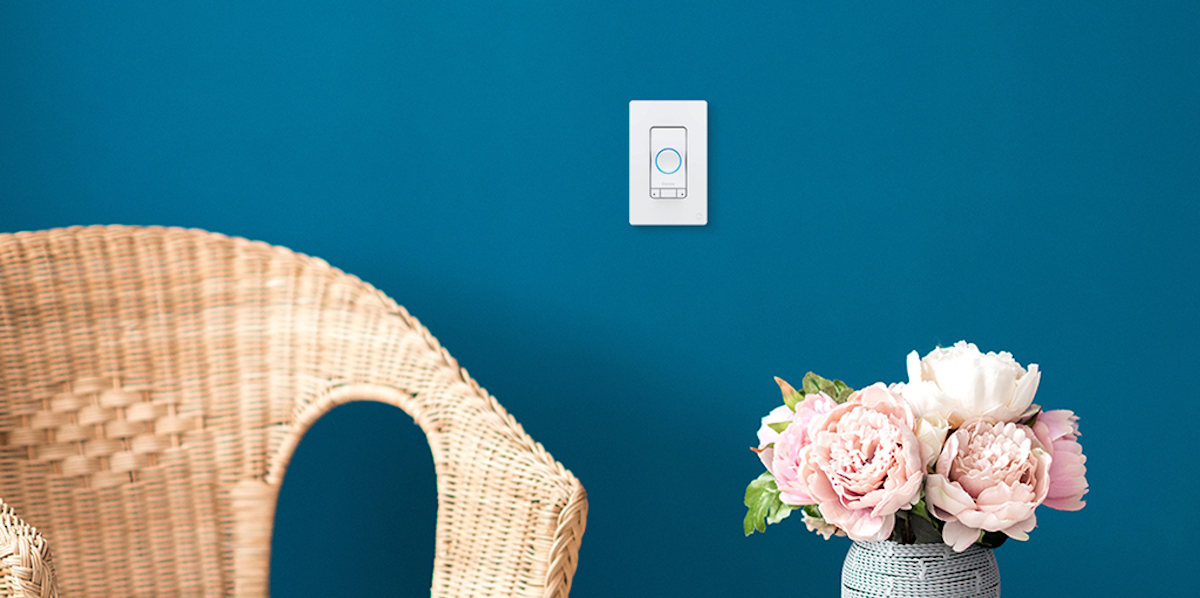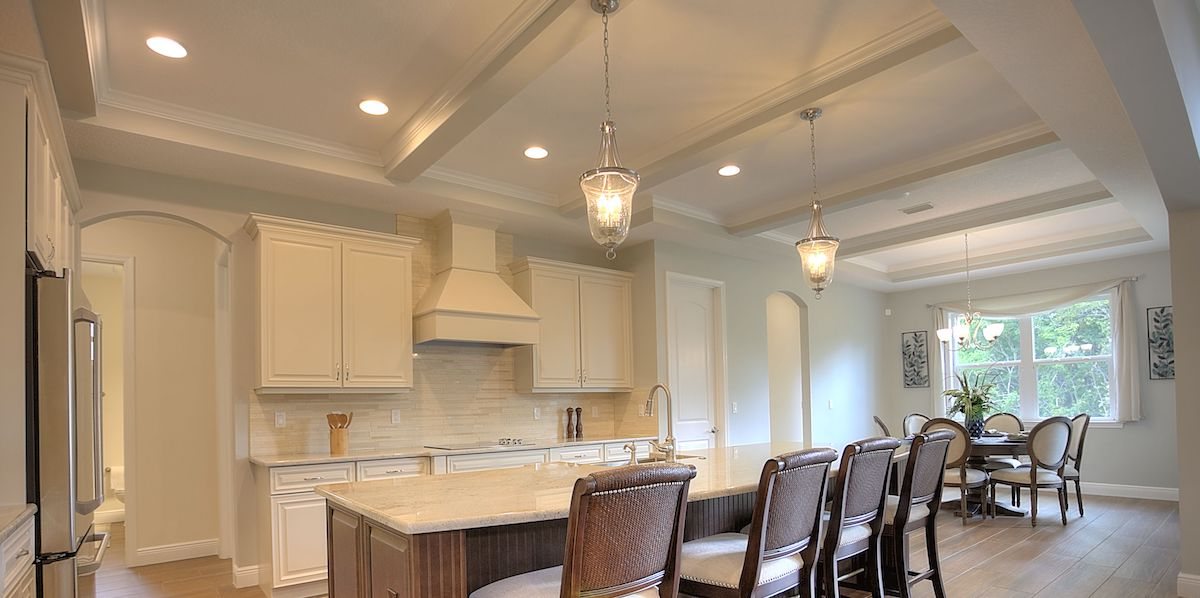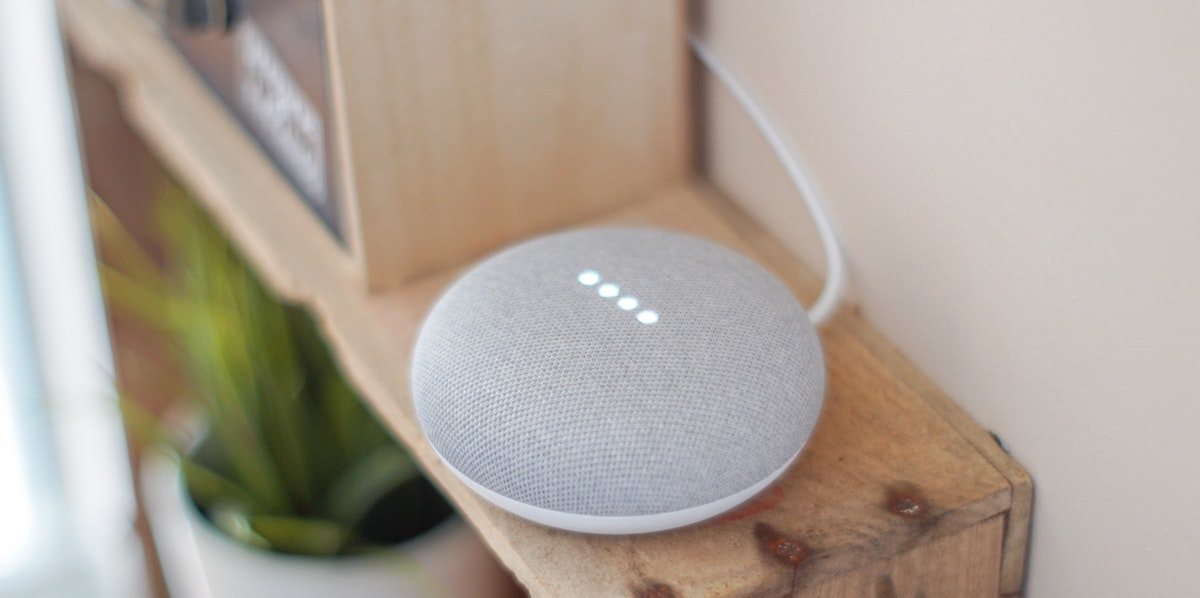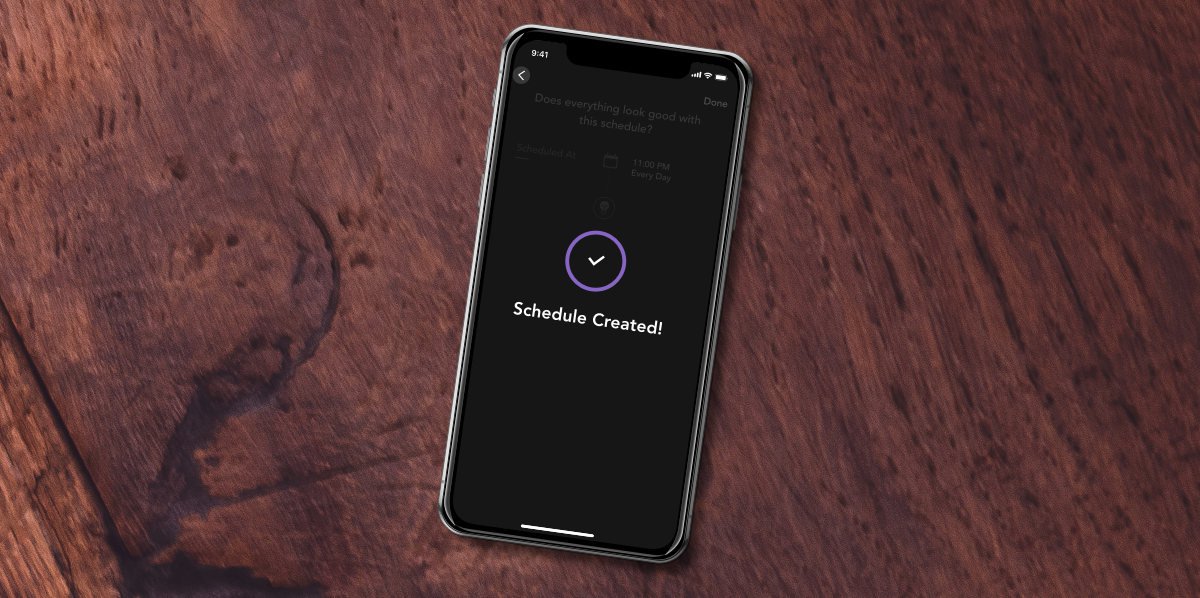iDevices Connected News
Here's what we've been up to at iDevices...
How does a smart light switch work?

Remember the days when your devices didn’t talk to each other? Thanks to advances in technology, our most used — and useful — devices and appliances can join the “Internet of Things” and talk to one another. Smart switches, thermostats, and locks, to name a few, have the capability to increase safety, security, comfort, and convenience. Smart switch lighting control is an especially exciting feature. Let’s see how it works.
Why don’t we start at the beginning: what exactly are smart switches?
Smart switches are designed as direct replacements for traditional built-in switches. Yes, you can still turn your lights on and off, just as you always did, but these smart switches provide you with much greater control over your home’s lighting, as well as fans and hardwired appliances. Via an app on your smartphone, you can access your switches whenever you need, from wherever you are.
Here are just a few of the ways you can use smart switches:
- Control your smart switch lighting system through a smart speaker like Amazon Echo, Google Home, or Apple HomePod.
- Wake up gently: smart dimmers can gradually increase the light in your bedroom as you get ready for the day.
- Think you forgot to turn the kitchen light off when you left for work this morning? Turn it off for sure via an app on your smartphone.
- Isn’t it nice to come home to a cozy environment or have some lights on when you’re away? You can create time-based schedules that turn your lights on or off at specific times of day.
- Get in the mood: you can create different “scenes” that provide optimal lighting for watching TV, reading, entertaining friends, etc.
- You’re comfy on the couch but feeling a little too warm. Don’t get up: your smart switch can turn on the ceiling fan via app or voice control. Ah, that’s better!
- If you don’t want to stub your toe on the dresser or step on your child’s Legos while you’re getting a midnight snack, you can opt for sensors that turn lights on when they detect motion.
- Want to go old school and flip the switch manually? Of course you can!
Smart homes are truly revolutionizing how we live.
What Is the difference between smart switches and tunable lighting systems?
There is often confusion around whether smart switches are just tunable lighting systems. Tunable lighting uses smart LED bulbs to adjust color temperatures: for example, in the morning, you might want a high color temperature to get you going. In the evening, you may want to wind down with a cool temperature, which softens the light.
Smart bulbs are wonderful - but they’re bulbs! When linked up to a normal switch, they do work, but only as long as the power is on at the switch. If someone flicks it off, there is no juice going to the bulbs. Pairing them with a smart switch, though, can help you enjoy greater functionality and convenience.
How do smart switches work?
You know you can control smart switches via an app on your smartphone or tablet. But beyond that, what makes the “smart” work?
To start, most smart switches require a 2.4 GHz home Wi-Fi network. The 2.4 GHz network, while slightly slower in speed, has a much longer signal range from the router, making it ideal and more dependable for smart home products.
Note: Smart switches require a neutral wire (not just hot and grounded, as in conventional switches). The good news is that homes built or rewired in 1980 or later have these installed.
Wi-Fi and Bluetooth are the easiest ways to integrate your smart devices and are appropriate for apartments and smaller homes. However, the more devices you add to your network, the more bandwidth you gobble up. For large, multi-story homes, it may be beneficial to use a mesh Wi-Fi network or dedicated smart home wireless protocol, such as Zigbee and Z-Wave.
Make the smart switch
Installing smart switches enables you to harness the power of the Internet of Things and increase convenience, comfort, and even energy savings. It’s a smart move!
If you’re looking to make a smart move into a new South Florida home, contact Synergy Homes. Check out the model and custom home builder’s latest home listings now.



